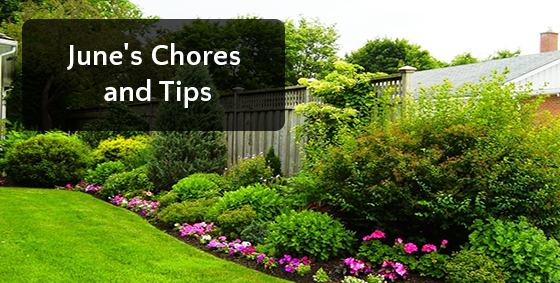
Here’s is June’s list of chores and tips for your gardens and landscaping!
- Stop fertilizing as often on established roses to encourage plants to slow down for the hot summer.
- Water deeply as temperatures climb; a garden needs one inch of rain or water each week. The best time to water is early morning. Evening watering is less desirable because plant leaves that remain wet through the night are more susceptible to fungus diseases. By mulching plants it will reduce water losses and improve yields.
- Hose off your plants in the early morning to increase humidity and control spider mites.
- Cut off dying blooms to help regrowth.
- Stake your tall flowers to protect them from the wind. Use stakes which are large enough to support the entire plant. Use soft twine or twist ties to secure.
- Cover fruit trees and vines with plastic netting to protect ripening fruit from the birds.
- The best time to harvest most herbs is just before the flower when the leaves contain the maximum essential oils. Cut herbs early in the morning on a sunny day.
- Apply mulch to the ground around heat sensitive plants keep the roots cooler and prevent evaporation.
- A brown or grayish cast over a lawn can be caused by dull or improperly adjusted mower blades that shred grass rather than cut it.
- Control mosquitoes by eliminating all sources of stagnant water.
- Clean up dead brush and debris to reduce fuel volume in fire-prone areas.
- Store pesticides in a safe place in their original containers, away from children and pets. Use pesticides carefully in your garden. Read the labels and follow the directions. The warnings and precautions are for your protection.
- Feed houseplants once a month or apply fertilizer diluted to quarter strength every time you water.
- Protect sun sensitive houseplants from direct sunlight by moving them to a cooler location or covering your windows with a translucent curtain.
- June is the perfect time to clean out the greenhouse. Discard dead or diseased plants and old potting soil. Good sanitation is necessary to control greenhouse pests.
- Cutting flowers is best done with sharp shears or a knife which will help avoid injury to the growing plant. A slanting cut will expose a larger absorbing surface to water and will prevent the base of the stem from resting on the bottom of the vase. It is best to carry a bucket of water to the garden for collecting flowers, rather than a cutting basket.
- Hanging baskets exposed to sun should be checked daily and watered if needed. They should also be sheltered from high winds.
Have any other tips? Share it with us in the comments below!






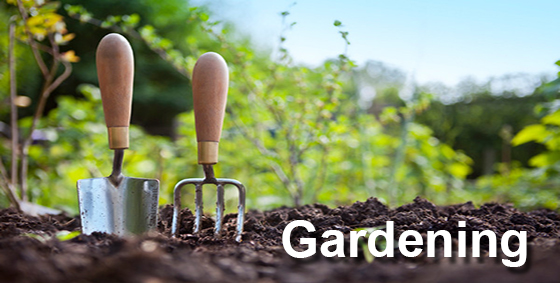
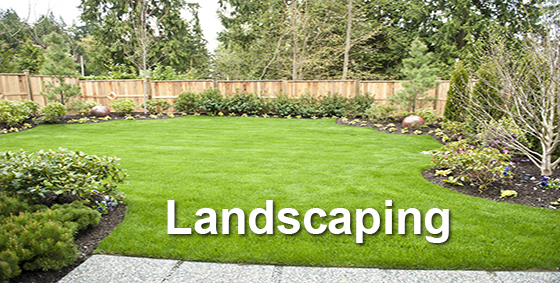
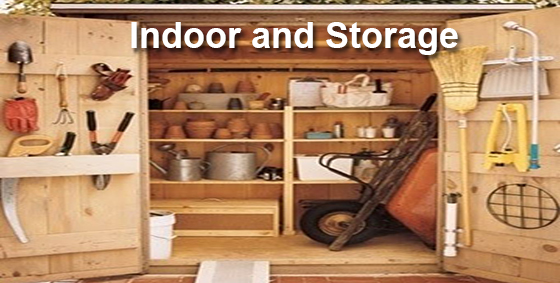
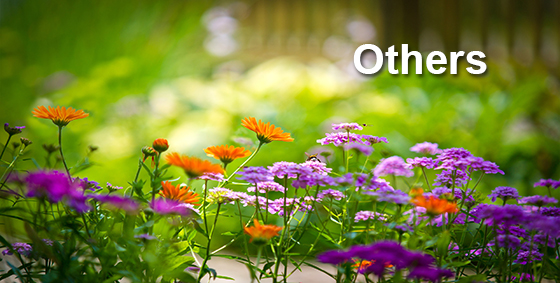
Leave a Reply